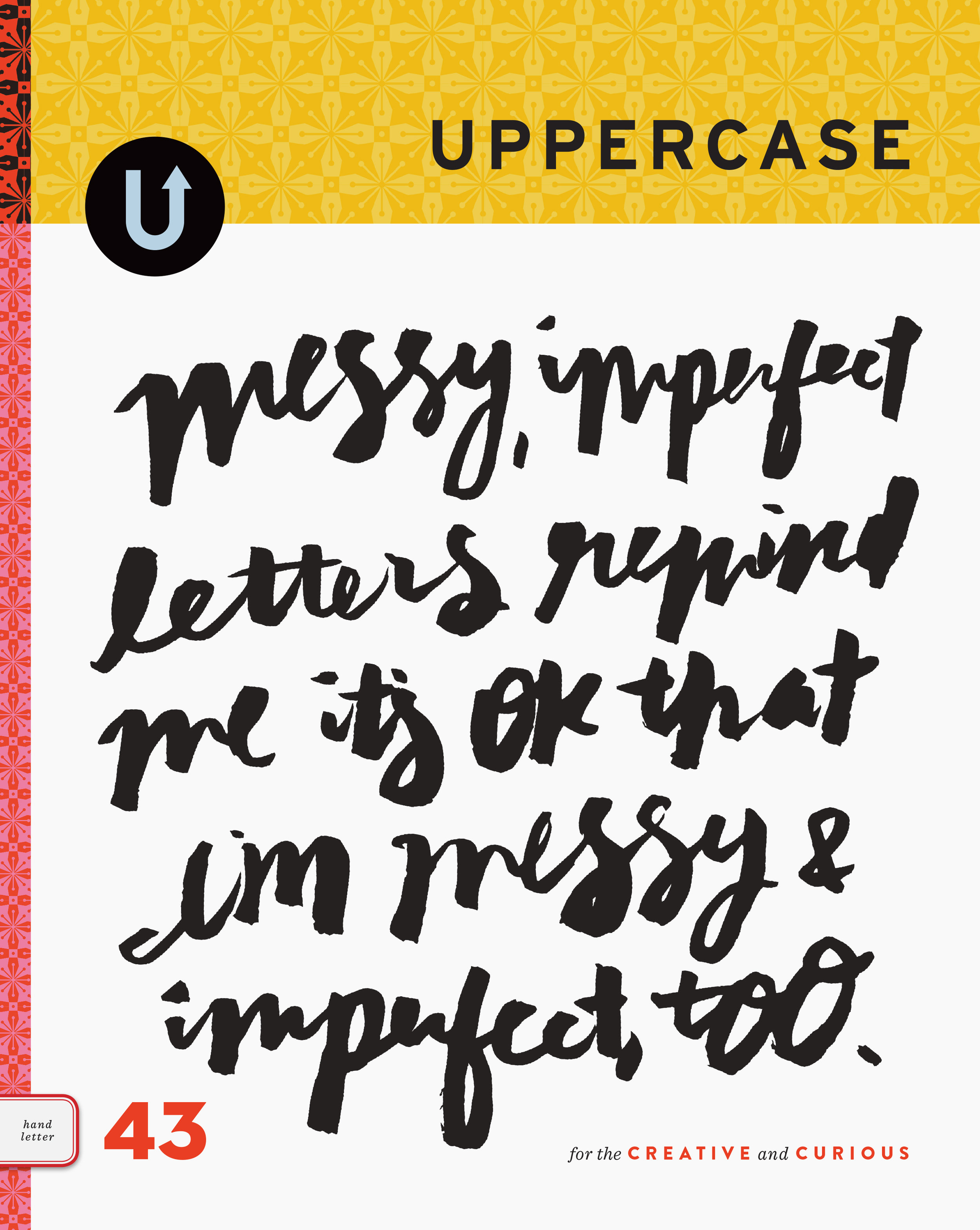Moments
/Deidre and I both agree that there are moments on this blog that we wish we could freeze and admire for a while. Some of my favourite posts have just looked so pretty, or they had lovely flow from one to the next, or they were personally important (such as this week's announcement of UPPERCASE magazine.) However, the attraction and strength of a blog is its steady stream of updates: it lives in the moment. And so we'll continue to splash inspirations on these scrolling, virtual pages.
Within the magazine, I aspire to create moments of perfection, preserved in print. Each issue will be a beautiful object, representing months of heartfelt, earnest work. We hope that our magazine will become a tangible part of your lives.
And now, here's some inspiration for this Thursday morning:
Michael Bierut (Design Observer) has been capturing moments of thought part of his daily routine: sketching ideas and taking notes faithfully since 1982. "Together, these well-worn books create a history of my working life that spans three decades."


































